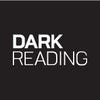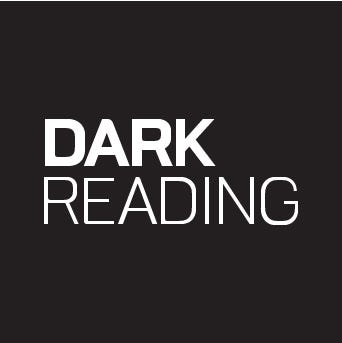Qakbot Is Back With a New Trick: DLL SideloadingQakbot Is Back With a New Trick: DLL Sideloading
In the latest iteration, Qakbot operators are using DLL sideloading to deliver malware, a technique that places legitimate and malicious files together in a common directory to avoid detection.

Known for its constant evolution, Qakbot malware has returned with a new twist — the use of .DLL sideloading to execute the malicious file.
Researchers from Cyble recently warned that the threat group behind Qakbot (aka QBot) is after system credentials it can use to steal money through fraud, identity theft, and more. They added that Qakbot is very active at the moment.
Qakbot attacks rely on email phishing lures for initial access, the analysts said. But its latest iteration leverages DLL sideloading as a way to hide malware from detection. By including benign applications alongside malicious .DLL library files, the attackers are able to execute and deliver the malware payload undetected.
"The threat actors behind Qakbot are highly active and are continuously evolving their methods to increase their efficacy and impact," the Cyble team said in its latest report on Qakbot's activities. "Apart from the direct financial impact, this can also lead to incidences of fraud, identity theft, and other consequences for any victim of Qakbot malware."
About the Author
You May Also Like
Securing the Remote Workforce
Feb 20, 2025Emerging Technologies and Their Impact on CISO Strategies
Feb 25, 2025How CISOs Navigate the Regulatory and Compliance Maze
Feb 26, 2025Where Does Outsourcing Make Sense for Your Organization?
Feb 27, 2025Shift Left: Integrating Security into the Software Development Lifecycle
Mar 5, 2025




_vska_Alamy_.jpg?width=700&auto=webp&quality=80&disable=upscale)